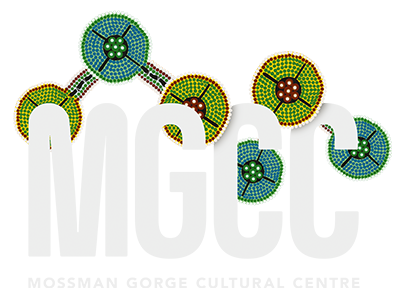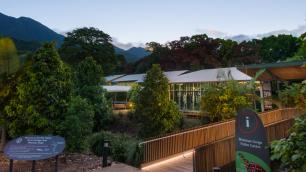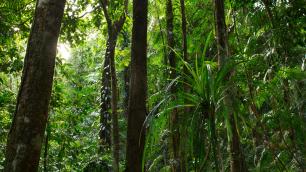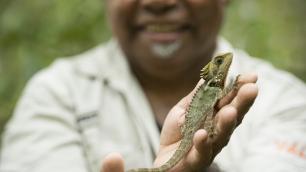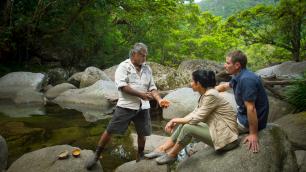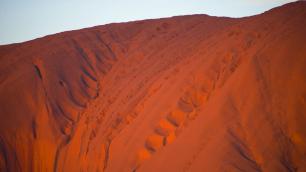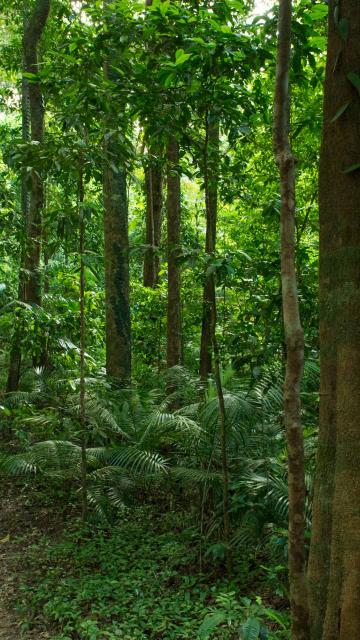Around 3,000 plant species from over 210 families are found within the Daintree Rainforest and extended wet tropics region. Twelve out of the world’s 19 families of primitive flowering plants grow within the region and within these at least 50 species are found only within the tropics and rarely seen anywhere else. From the forest floor right up to its towering canopy, the surroundings will spellbind with the beauty of the plant life that lives deep within the forest. The diverse range of plant life also forms a natural archive of Australia’s evolutionary process.
Thirteen out of the 19 primitive flowering plant families and some of the most primitive cycads, ferns and mosses are all found in the Daintree National Park. Having survived millions of years in the thick dense rainforests, these plants provide botanists with an insight into how certain species have evolved over time.
The overcrowding of plants on the rainforest floor means they must fight for survival and grow skywards in search of the sun's rays. This struggle for survival results in some very interesting plants to view in the rainforest such as the strangler fig. The strangler fig often begins its life as a seed deposited by a bird at the top of a tree or in a trees crevice. It then develops roots and grows down the host tree, essentially strangling it all the way down to its base. Once the host plants dies, the strangler fig stands alone. Strangler figs are prolific and can be observed along the two walks at Mossman Gorge.
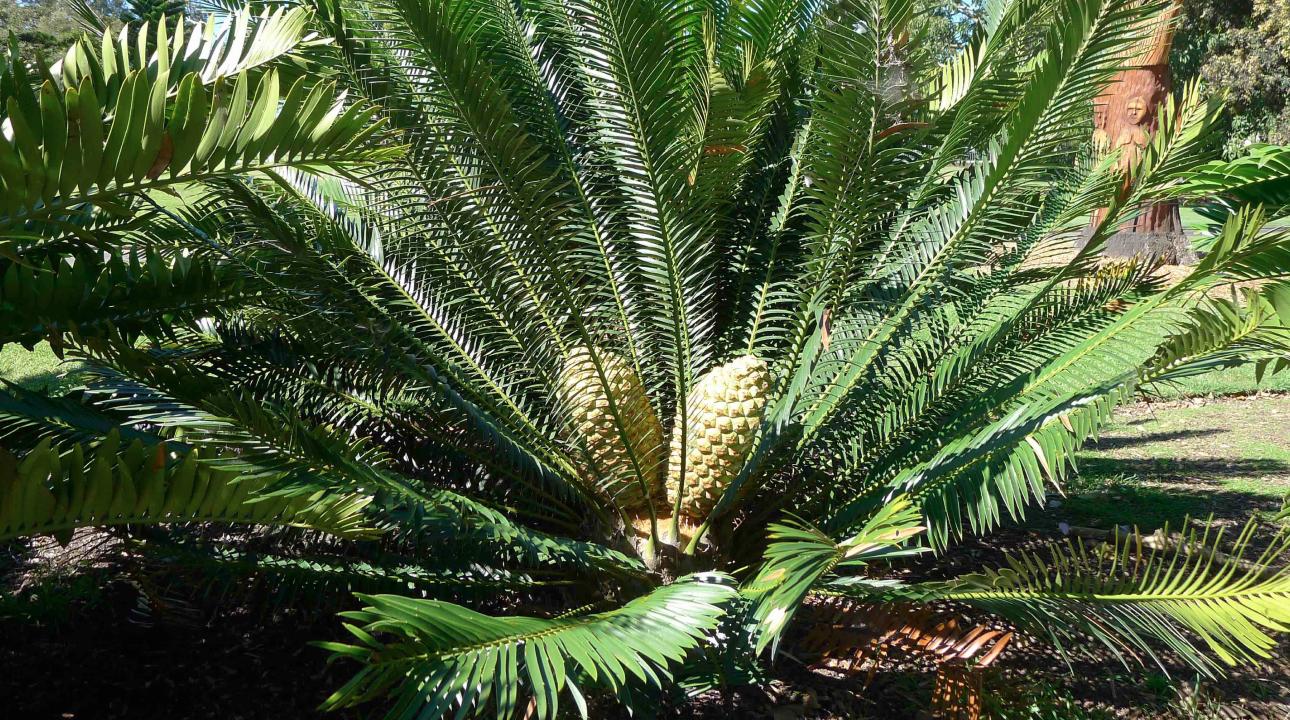
A Region of Rare Species
Some other rare plant species that can be found in the Gorge and surrounding tropics region include:
- Hope’s Cycad
- Fan Palm
- Ribbonwood tree
- White Hazelwood shrub
- Backscratcher Ginger
- Daintree Cheese Tree
- Wax Flower
- Maple Silkwood
- Hairy Aglaia
- Atherton Oak.
Concealed among the lush vegetation are some of Australia’s rarest species of wildlife. One third of Australia’s 315 mammal species call the Daintree Rainforest, including the Mossman Gorge, home. Thirteen of these species cannot be found anywhere else in the world including unique green possums, ringtail possums, fierce marsupial cats, rare bats, and tree kangaroos and the rare antechinus. On an odd occasion you may even be lucky enough to spot one of these special animals.
The trees in the Gorge also play host to the “Boyd Forest Dragon”. Often seen basking in the sun, this quiet creature is a chameleon and can change its colour to blend in. The forest dragon will remain still if approached in attempt to remain undetected.
The endangered spotted-tail quolls which inhabit the rainforest are another rare and unique sight to behold. The cat sized animals are reddy-brown with white spots and have long slender tails. The animal is one of Australia's few carnivorous animals and has a distinct piercing scream when threatened.
Over 430 different species have been spotted through the years by birdwatchers at the Gorge including the Australian Pelican, Little Pied Cormorant, Great Egret and the Endangered Southern Cassowary.
The wildlife doesn’t stop there. The region is home to a quarter of Australia’s frog population, a little over a third of the country’s freshwater fish and one of the largest butterfly colonies in existence. With all this and more, a trip to the Gorge offers an experience like no other in the world.
Some more wildlife species to look out for include:
Birds:
- Cassowary
- Brush Cuckoo
- Chowchilla
- Common Koel
- Common Noddy
- Crested Hawk/Pacific Baza
- Dollarbird
- Dusky Honeyeater
- Eastern Yellow Robin
Mammals:
- Thornton Peak Melomys
- Water-rat
- White-tailed Rat
- Red-legged Pademelon
- Swamp Wallaby
- Northern Brown Bandicoot
- Long-nosed Bandicoot
- Echidna
- Platypus
Reptiles:
- Eastern Water Dragon
- Geckos
- Goannas or Monitor Lizards
- Skinks
- Pythons
- Colubrids
- Turtles
- Crocodiles
Amphibians:
- Dainty Tree Frogs
- Giant White-lipped Tree Frogs
- Green-eyed Tree Frogs
- Northern Stoney Creek Tree Frogs
- Northern Barred Frogs
- Orange-thighed Tree Frog
- Water or Wood Frog
Mossman Gorge and the surrounding Daintree region make for a truly breathtaking and unique experience. The forest meets the reef in spectacular fashion bringing together not only the flora and fauna of forest, but also all the wildlife the reef has to offer. It is the only place in the world where visitors can witness two heritage listed sites existing side by side in perfect harmony.
